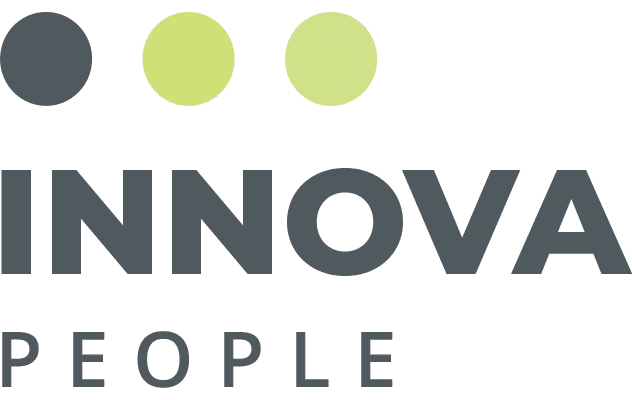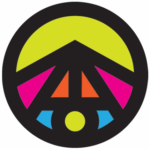The swoosh on your kicks, your favorite reusable coffee flask, the laptop computer with the fruit on it. You, my friend, are branded whether you like it or not.
But we can learn from big brands about how to stand out in the crowded marketplace and help advance your career. Tom Peters breaks it down beautifully for this Fast Company piece:
Big companies understand the importance of brands. Today, in the Age of the Individual, you have to be your own brand. Here’s what it takes to be the CEO of Me, Inc. Regardless of age, regardless of position, regardless of the business we happen to be in, all of us need to understand the importance of branding. We are CEOs of our own companies: Me Inc. To be in business today, our most important job is to be head marketer for the brand called You.
That Instagram post, that email signature, your latest Tweet about your favorite NBA team, and how you interact with your co-workers all communicate your personal brand. Even if some of the activities are considered ‘personal,’ what you share and how you present yourself defines you professionally.
When consistency occurs between what you say and what you do, authenticity and credibility emerge, making you a reliable teammate and supportive colleague. Like any brand, your own will also come with expectations and clearly communicate your values, skills, and personality. Personal branding is about leaving a mental and preferably lasting impression in the mind of others, which positions you and makes you stand out from the crowd.
- What impression do you people experience when they first met you?
- What sort of imprint do you leave behind?
- How do others perceive you?
Your network of friends, colleagues, clients and customers are the most critical marketing tool you’ve got; what others say about you and your contributions is what the market will ultimately gauge as the value of your brand.
Start by looking at what makes you different and lean into those traits. Even look at your mentors and ask yourself what it is about them you admire?
Then put yourself out there some more to create more exposure for yourself – teach a class or do some freelance work, write a piece for your professional newsletter, get on a panel discussion….are you getting the idea?
No matter where you are at on your personal branding journey, Peters emphasizes four things you must measure yourself against.
- First, you’ve got to be a great teammate and a supportive colleague.
- Second, you’ve got to be an exceptional expert at something that has real value.
- Third, you’ve got to be a broad-gauged visionary — a leader, a teacher, a farsighted “Imagineer.”
- Fourth, you’ve got to be a businessperson — you’ve got to be obsessed with pragmatic outcomes.
Now go take charge of the brand called You.



